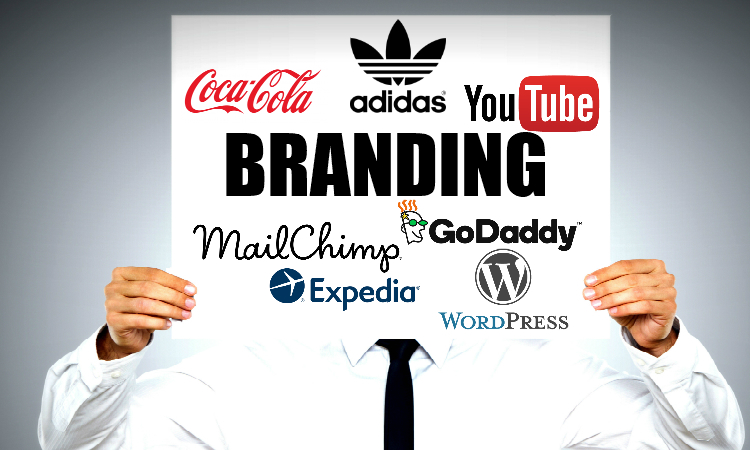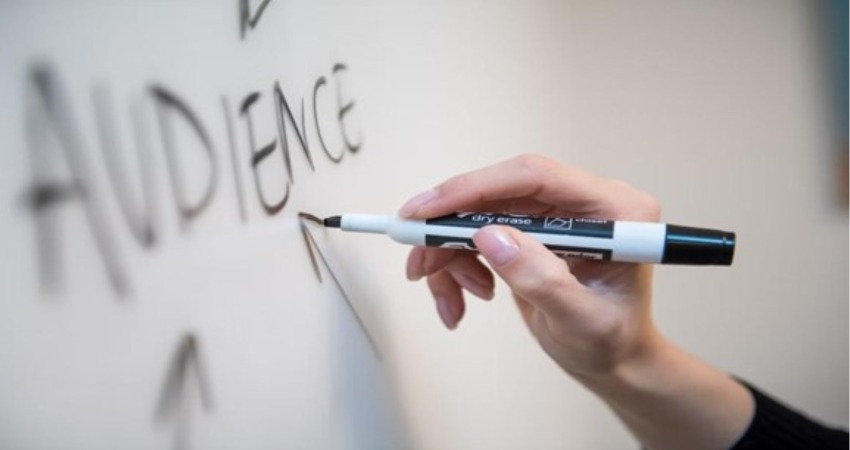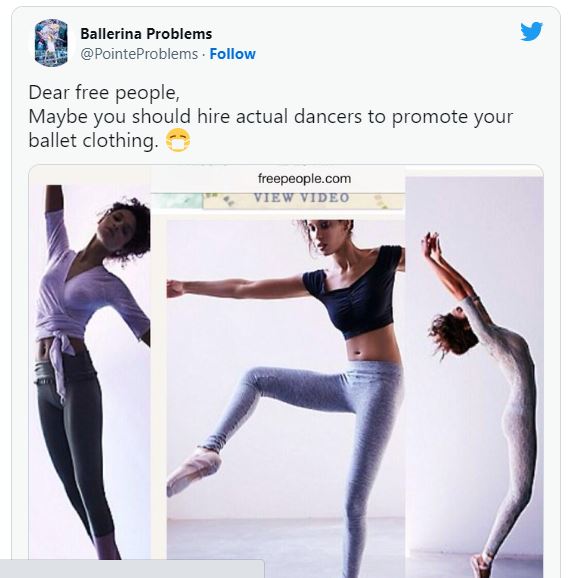The marketing world swears by the sheer power of successful branding. Building brand awareness and a positive brand image are tremendously beneficial, and there are ample creative ways to do both. In fact, it’s a strictly creative process at its core; there’s no universal, one-size-fits-all to branding. Instead, it requires innovation and consistency, aligning with one’s brand and audience. While there are many ways to brand correctly, there are just as many ways to spectacularly fail at it. We’ve all seen mainstream examples of such failures, from abrupt changes in brand voice tone to tone-deaf commercials. And while being amused by them is only natural, extracting crucial branding mistakes from them is the more productive outcome.
So, let us first outline just what branding is and then proceed to the most substantial branding mistakes one can make. Finally, we’ll conclude with some real-life examples to demonstrate just how destructive such avoidable mistakes can be.
What is branding?
Initially, it’s vital to contextualize branding properly. Marketers often understand branding as establishing a brand’s identity, but some don’t approach preserving it quite correctly. This is seemingly where many mistakes on this front stem from, all in all.

Branding, then, is indeed the practice of establishing a brand’s identity. In addition, it’s the practice of maintaining said identity across the audience and customer interactions. As such, one may break branding down into three core components:
- Establishing an initial brand identity. This initial phase entails establishing a clear and specific tone, settling for an effective, accurate logo and visuals, and defining your brand’s mission.
- Maintaining said identity. The second continuous step requires maintaining said identity throughout all audience and customer interactions. This includes marketing, like brand awareness and social media campaigns, and the on-premise customer experience.
- Keeping customers engaged with your brand. The third and final phase lies in maintaining your brand’s positive perceptions through consistent engagement. It requires you to pinpoint your customers meaningfully and continuously connect with them to reinforce your branding efforts.
While cursory, this breakdown should help illustrate the ongoing nature of branding. In equal measure, it relies on establishing and maintaining positive brand perceptions continuously and holistically.
Crucial branding mistakes to avoid
With the above in mind, here we can outline the seven most impactful branding mistakes. These will not exclusively delve into the fundamental component of initial branding but also cover continued branding efforts and initiatives. In brief, they can span across the entirety of the marketing funnel.
In no particular order, consider the following; how they may relate to you and how they may damage your brand.
#1 Failing to target the proper audience
One can find a long-held marketing mantra in audience identification; personalization. Personalization works wonders for marketing and branding, as it defines interaction value for audiences. Does this brand understand me and my needs? Does this marketer care for my sensibilities? What are they offering me, and how relevant is it to my interests?

Here, failing to pinpoint one’s exact audience is a common mistake to make. In marketing specifically, it can come about when setting individual campaign goals. But branding often starts with not establishing one’s target audience early on.
The most common way this occurs is when brands seek to target everyone – which effectively means not targeting at all. Brands will adopt a mild, uninteresting, and generic brand message to ensure broader appeal and avoid taking risks. Of course, this approach can feel relatively safe, but it does not speak to a particular audience. Therefore, it largely deprives brands of the ability to personalize and establish meaningful connections.
#2 Making poor initial branding choices
On the subject of early branding choices, there are significant branding mistakes one can make – even in the earliest phases. These span across design, mission statements, and more; consider such examples as the following:
- An ineffective logo. The proverbial avatar of brand recognition, your logo holds immense significance. It’s the first visual representation of your brand for customers. And it makes such a big impression few other elements of advertisement can do.
- Poor website design. The framing of your logo, and the second element of first impressions, lies in broader website design. Color choices, structure, and overall aesthetics will quickly shape your audiences’ perceptions of your brand before copy comes in. You have about 50 milliseconds to make a good first impression.
- Unclear voice and tone. The sum of your taglines and slogans, copy and content, and mission statements make up the essence of your voice. Whether this sum is what you intend or not, that’s the first impression audiences will get of your identity.
Such elements make up the bedrock of your brand’s image and perceptions. Therefore, neglecting them can quickly spell disaster. A bad initial impression rarely leads to more engagement; most dissatisfied users will simply leave and not return.

#3 Being inconsistent
Beyond the initial branding choices come consistency, which is a rather broad subject. Perceived inconsistencies can manifest in multiple different ways, including:
- Abrupt logo or web design changes, which can harm brand recognition
- Discrepancies among marketing materials or outreach, which erodes solid brand perceptions and harms social media branding
- Discrepancies between one’s marketing/online voice and the on-premise experience, which dilutes the customer experience with a brand
Granted, these are not among the easiest branding mistakes to avoid. For instance, rebranding efforts down the line may necessitate abrupt changes which entail risk but promise potential benefits. Marketing voice consistency isn’t easy to maintain either when multiple teams may be working on different channels over long periods.
In this regard, having a central, well-defined, and clearly communicated brand voice for everyone to follow pays off. Employees of all kinds, from marketers and content creators to on-premise staff, need an established line to ensure voice consistency. If they do, it becomes much easier for management to ensure an unchanging direction and solid branding efforts.

#4 Prohibiting employees from being brand advocates
An apparent solution to brand voice inconsistencies many opt for is limiting their employees’ activities. It may simply entail not discussing business-related matters or representing the brand online, or it may expand to prohibiting social media use altogether.
This may seem a decent safeguard against slipups, but it deprives brands of ample potential growth. Consider LinkedIn’s statistics on the matter, including that:
- Employees have, on average, a network that is 10 times larger than their brand’s follower base
- 90% of business leaders see a direct connection between employee engagement and business success
- Content has 2x higher engagement when shared by employees
- Companies with high numbers of employees sharing quality content are 58% more likely to attract talent
Granted, some of these statistics relate to employee acquisition rather than customer satisfaction and branding per se. Yet, this should outline how blocking employees’ brand advocacy is among the most crucial branding mistakes. It doesn’t just hurt engagement since fewer engagement points exist; it even hurts employee recruitment.
The simple reason for this is that employee brand advocacy pays off. It humanizes brands by offering genuine advocacy audiences perceive as accurate and honest. It also builds a perception of a great work environment, which positively reflects on the brand.
As such, while it’s understandable to be wary of slipups, cutting employees off entirely rarely bodes well. Instead, you may consider safeguards to reap the benefits while mitigating the potential risks.

#5 Not engaging with audiences and customers online
Alongside little employee engagement, online tends to come with low overall engagement. Brands may take comfort in having established themselves initially and then rely on that foundation instead of building on it. But this kind of inactivity, too, can reflect very poorly on a brand’s image and jeopardize branding.
Low engagement is generally preferable when it comes to marketing outreach. Smaller businesses or ones on a tighter budget may not afford constant outreach. Uninitiated businesses may struggle to keep track of social media platforms and limit their omnichannel content marketing. These are all perfectly understandable circumstances, which may often not be in one’s control.
And yet, consider such branding mistakes to avoid as the following and how easily one can prevent them:
- Not incentivizing reviews. Reviews serve as both a trust signal for audiences and customers and a ranking factor for Search Engine Optimization (SEO). Even negative reviews present an opportunity to show you care for dissatisfied customers, building trust in the process.
- Not responding to reviews or social media comments. Managing to incite engagement from audiences and customers presents challenges, so one must leverage it. Leaving your base’s outreach, positive or negative, unanswered can only incite less and risk plunging your brand image into irrelevance. In fact, more than half of all customers expect a response to a negative review within a week, but ~63% of them never do; case in point.
- Not seeking out audiences on their platforms of choice. The sheer power of social media lies in their offer to access untapped audiences. Not branching out to the platforms your audiences prefer limits your brand awareness campaigns’ likely audience and engagement rates.
Certainly, one can only operate within their means and budget. However, simple social listening and social media consolidation tools alongside review management can come a long way. Most importantly, in this context, they can demonstrate your brand’s dedication to its base in action – and expand your reach.

#6 Neglecting customer and audience feedback
Adjacent to low engagement also comes outright neglecting direct feedback. One can extract feedback from reviews and social media comments, of course, but also directly incite it through means like:
- Online surveys and questionnaires
- On-premise review forms
- Support portal prompts
- Newsletter and email requests
- Requests to leave feedback in comments within blog posts
One of the most crucial branding mistakes one can make is twofold. First, you may not consider actively seeking feedback, which directly deprives you of actionable insights and qualitative data. And second, you may not act on it once you do acquire it – which can show indifference or just not lead to improvements.
Of course, one cannot act on all feedback. Feedback can be contradictory, as different audience segments have notably different tastes and sensibilities. Feedback may also pinpoint and magnify individual, isolated incidents or shortcomings which don’t warrant action or drastic change.
That said, acting on feedback can include such simple actions as acknowledging it. A basic response that thanks audiences for their feedback, all in itself, shows the brand cares for it. Where appropriate, following up with meaningful action reflects very positively on the brand.
Finally, feedback typically comes from dedicated customers and audiences. Responding to them doesn’t just produce good optics; it can often help retain existing customers and produce new ones.

#7 Not diversifying oneself from competitors
And finally, often as a culmination of “playing it safe”, brands will often fail to diversify themselves from their competitors. Marketing-wise, this mistake makes one neglect their Unique Value Proposition (UVP), which makes their offering unique and valuable. Branding-wise, this is catastrophic; it prevents customers from noting the brand among a sea of competitors.
To address this, you can engage in cause marketing and showcase your ethical mission. The Edelman Trust Barometer finds that doing so drives trust, as few other practices do. If possible, you may directly compare your offerings to your competitors, and you can lean into your audience’s pain points with notable expertise.
In all cases, however, remember to remain genuine to not unwittingly tarnish your brand image. The only question worse than “what was that brand again?” is “isn’t that the disingenuous brand from back then?”.

Examples of branding mistakes to avoid
And finally, having discussed how branding can go wrong, let us briefly go through notable mistakes of established brands. For the sake of brevity, here we’ll go through five which exemplify common marketing pitfalls quite well.
#1 Pepsi
Pepsi’s 2017 ad featuring Kendall Jenner may be among the most memorable marketing flops in recent history. The ad featured protesters marching, police standing by for a confrontation, and Pepsi cans which resolved the conflict once handed out by a smiling Kendall Jenner.
People from all political aisles intensely disliked the ad, with criticisms ranging from forced inclusivity and politicization to trivializing the Black Lives Matter movement and genuine social struggles. It sparked ample criticism and parody online, so much so that Stephen Colbert spoofed it at the time. The Boys parodied it just recently, coincidentally showcasing how pervasive its failure was.
In this case, Pepsi likely intended to show a social conscience through cause marketing. However, the subject they chose to address was not ripe for product placement, so the ad felt tone-deaf. To this day, its blow to Pepsi’s brand image remains – showing how some sensitive social issues are best left alone.
#2 Free People
A less infamous example of a different kind of failure comes from Free People, a clothing line. In now-distant 2014, they promoted ballerina attire using models that were seemingly not actual ballerinas. Yet they presented them as ones, prompting Huffington Post to report on the ensuing backlash.

A few branding mistakes are as crucial as this; Free People failed its key audience. Brands catering to specialized audiences need to demonstrate their experience and expertise to foster trust and loyalty. In this case, trained eyes could not miss the models’ errors and poor form – which Free People could have avoided by simply consulting trained ballerinas.
#3 Snapchat
In less-distant 2018, Snapchat had its own infamous controversy to address. An ad in the form of a “Would You Rather” game asked audiences if they’d rather slap Rihanna or punch Chris Brown. Chris Brown’s assault on Rihanna was almost a decade old by that point, but it wasn’t hard for audiences to make the distasteful connection.
The ad being tone-deaf was among the mildest criticisms the ad received. Rihanna herself accused the company of making light of domestic violence, which resonated with many online. In fact, it was such a costly mistake that the incident wiped off almost $1 billion of Snap Inc’s value.
Unlike Pepsi’s ad, one may see this as a less intentional blunder. However, this ad demonstrates how much damage such mistakes can do to a brand’s image, just like it. This case also demonstrates the possible financial damage therein for that matter.

#4 Windex
Also akin to the Pepsi ad, Windex’s lesser-known branding blunder may come to mind. Windex marketed its products as environmentally friendly by claiming they were non-toxic and its bottles were made of “ocean-bound plastic”.
Indeed, being environmentally conscious is an excellent branding choice. However, one of the biggest branding mistakes to avoid is not being genuine about it. Windex was accused of “greenwashing” as both claims came under scrutiny in 2020. Windex also faced a $1.3 million class action settlement over their non-toxic claim, costing more than branding damage.
#5 Heineken
Finally, the late 2010s were indeed bad years for established brands. Heineken had its own infamous blunder with its “Lighter is Better” ad in 2018, just as outcry over Pepsi’s ad was subsiding.
The ad features the titular tagline, just as a bartender slides a light beer to an attractive light-skinned woman. The beer slides past three black individuals along the way – with obvious connotations in combination with the tagline.
This, too, may have been a grave error in execution, as many have commented. Still, Chance The Rapper picked it up and criticized it on Twitter as racist, generating considerable bad publicity. The incident likely hasn’t tarnished Heineken’s image, but it was certainly avoidable.
Conclusion
To summarize, branding is a long and continuous process. It relies on proper positioning, planning, and visual presentation as much as on constant outreach, meaningful interactions, and consistent messaging. Neglecting any part of what makes branding tick can impact public perceptions from modestly to severely.
Due to the nature of branding, it comes with an array of pitfalls. Some hinge on cutting corners with marketing, lacking time or experience, and other understandable factors. Unfortunately, such elements might not be in one’s control.
Still, some of the most crucial branding mistakes are perfectly avoidable, given that you approach the process with due care. While brief, we hope the above list and examples of such mistakes helped you do so.
About the author:
Jacob Andrews is a freelance copywriter and avid SEO enthusiast working for MoversTech. He frequently writes on all matters of digital marketing, from CRM solutions and PR to omnichannel campaigns. When off the clock, he spends quality time with his family of four.


